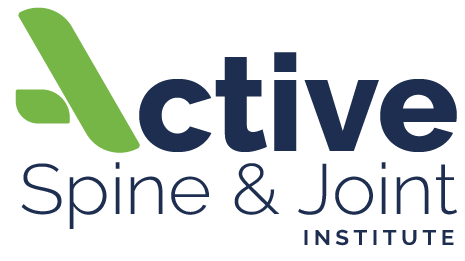Hazards of Gabapentin: Navigating the Perils of a Widely Prescribed Pain Medication
Gabapentin, a widely prescribed medication, has gained immense popularity among Americans seeking relief from pain. However, despite its widespread use, there is a scarcity of evidence supporting its efficacy, especially in its treatment for peripheral neuropathy symptoms. In 2016 alone, a staggering 64 million prescriptions for Gabapentin were dispensed, marking a significant increase from 39 million in 2012.
Originally approved nearly 30 years ago for the treatment of seizure disorders, Gabapentin has gradually become a common off-label prescription for a broad range of acute and chronic pain conditions. This versatile drug is now utilized to alleviate neuropathy, fibromyalgia, spinal cord injuries, sciatica, hot flashes, chronic cough, shingles, restless leg syndrome, and various other medical problems. Furthermore, it is intriguing to note that Gabapentin is even prescribed in addiction treatment programs to mitigate cravings and withdrawal symptoms, albeit with a hint of irony.
Off-label Prescription and Patient Safety
When the Food and Drug Administration (FDA) approves a drug, it assesses its safety and effectiveness for specific uses and doses, weighing the benefits against potential risks. However, the term "off-label" signifies that medical practitioners are legally permitted to prescribe any FDA-approved drug for conditions beyond those it was initially intended for. This regulatory flexibility often places patients in the hands of their healthcare providers, who must determine whether the off-label use of a particular medication is suitable and effective for the patient's specific condition. This task, challenging even for well-educated physicians, becomes considerably more burdensome for patients grappling with desperate pain-related circumstances.
Prescribing Practices and Patient Factors
Gabapentin's prescription for pain management may create a lenient environment among healthcare professionals, as their primary goal is to alleviate patients' suffering. In an effort to fulfill this objective, healthcare providers may show greater flexibility in their prescribing practices and quantity limits when it comes to Gabapentin. Consequently, this could contribute to potentially unsafe dosages and frequency of administration.
Additionally, the off-label nature of Gabapentin prescriptions may foster an experimental approach among both prescribers and patients. The perception of "anything goes" and "let's try it and see if it works" can lead to a more relaxed attitude towards dose adjustments and experimentation. While this exploratory mindset may have its merits in certain cases, it also exposes patients to risks associated with untested dosage regimens.
Harmful Side Effects and Withdrawal Symptoms
Gabapentin is not exempt from side effects, some of which can be detrimental to the patient's well-being. Furthermore, discontinuing the use of Gabapentin can result in distressing withdrawal symptoms. Common side effects of the drug may include the following:
Abnormal eye movements characterized by continuous, uncontrolled, back-and-forth, or rolling motions.
Clumsiness or unsteadiness.
Constipation.
Diarrhea.
Difficulty speaking.
Drowsiness or tiredness.
Dry mouth.
Nausea.
Vomiting.
Although these adverse effects can be concerning, there are more severe side effects that, albeit rare, may occur, particularly among individuals with psychiatric disorders. These serious side effects may include:
Respiratory depression.
Aggressiveness or anger.
Heightened anxiety or restlessness.
Worsening or new-onset anxiety.
Worsening or new-onset depression.
Worsening or new-onset irritability.
Mania.
Panic attacks.
Suicidal thoughts or behavior.
Insomnia (trouble sleeping).
Furthermore, Gabapentin usage has been associated with long-term effects such as memory loss, weakened muscles, and even respiratory failure. It is important to note that the safety and efficacy of Gabapentin have not been adequately examined for treatment periods exceeding five months.
Gabapentin's popularity as a pain management drug has surged in recent years, despite limited evidence supporting its efficacy. The off-label prescription of this medication leaves patients reliant on their healthcare providers' judgment, potentially exposing them to unforeseen risks. Moreover, Gabapentin's association with harmful side effects and the possibility of withdrawal symptoms should prompt both medical professionals and patients to exercise caution.
With patient safety as the foremost priority, further research and scrutiny are imperative to ensure appropriate prescribing practices and minimize the potential dangers associated with Gabapentin.
If you or someone you know is dealing with the challenges of peripheral neuropathy, we encourage you to take control of your health and explore the possibilities offered by the Active Nerve Method©. At Active Spine and Joint Institute, we understand the risks associated with medications like Gabapentin, which is why we have developed this revolutionary treatment approach. Our Active Nerve Method© provides a drug-free solution for peripheral neuropathy, offering hope and relief. Feel empowered to reach out to us at 609-886-8585 and start a conversation about how we can assist you on your journey to improved well-being.
